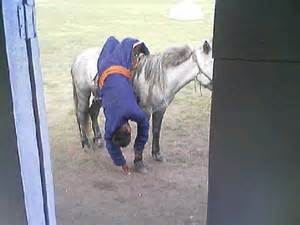Let’s stop promoting
students who can’t do work at their grade level.
The latest bad news
on education in America is that 4th graders and 8th graders
aren’t making the grade in national math testing.
Recent results from
the National Assessment of Educational Progress (NAEP) show that 8th
graders got lower math scores than their counterparts did two years ago, and 4th
graders showed no improvement.
It’s the first time
since 1990 that elementary students didn’t show improvement in the math portion
of the test.
Of course we all
know that teachers, educators, academics and government officials are furiously
squabbling about standardized testing, “teaching to the test” and so on. The
federal government recently announced it is backing off in its push to use
standard tests as markers of achievement and competency.
I think we can state
the problem this way:
We’re promoting 3rd
graders who aren’t prepared to do 4th grade math, and likewise for 7th
graders.
It’s been a long
time since I was in elementary school. I’m pretty sure I remember that it was
S.O.P. every year for some kids to be “left behind,” that is, they weren’t promoted to the
next grade level because they needed to repeat the grade level they were in. I
don’t think that happens nearly often enough today.
Of course I recognize that each student's circumstances should be evaluated individually, and exceptional consideration and assistance should be available as appropriate. A one-size-fits-all approach would be callous and, in some cases, destructive.
As a general policy approach, let’s agree to keep 1st graders in 1st grade until they’re ready and prepared to do 2nd grade work….and, you know, and so on….
As a general policy approach, let’s agree to keep 1st graders in 1st grade until they’re ready and prepared to do 2nd grade work….and, you know, and so on….
I know, I know, some Mommies and Daddies are going to scream and spit that little Johnny can’t be “held
back” because he’ll be traumatized and everything.
How do Mommy and
Daddy think Johnny feels when he doesn’t understand what Miss Jeppers is
talking about, and really can’t do the homework or pass the tests?
Copyright © Richard
Carl Subber 2015 All rights reserved.





























